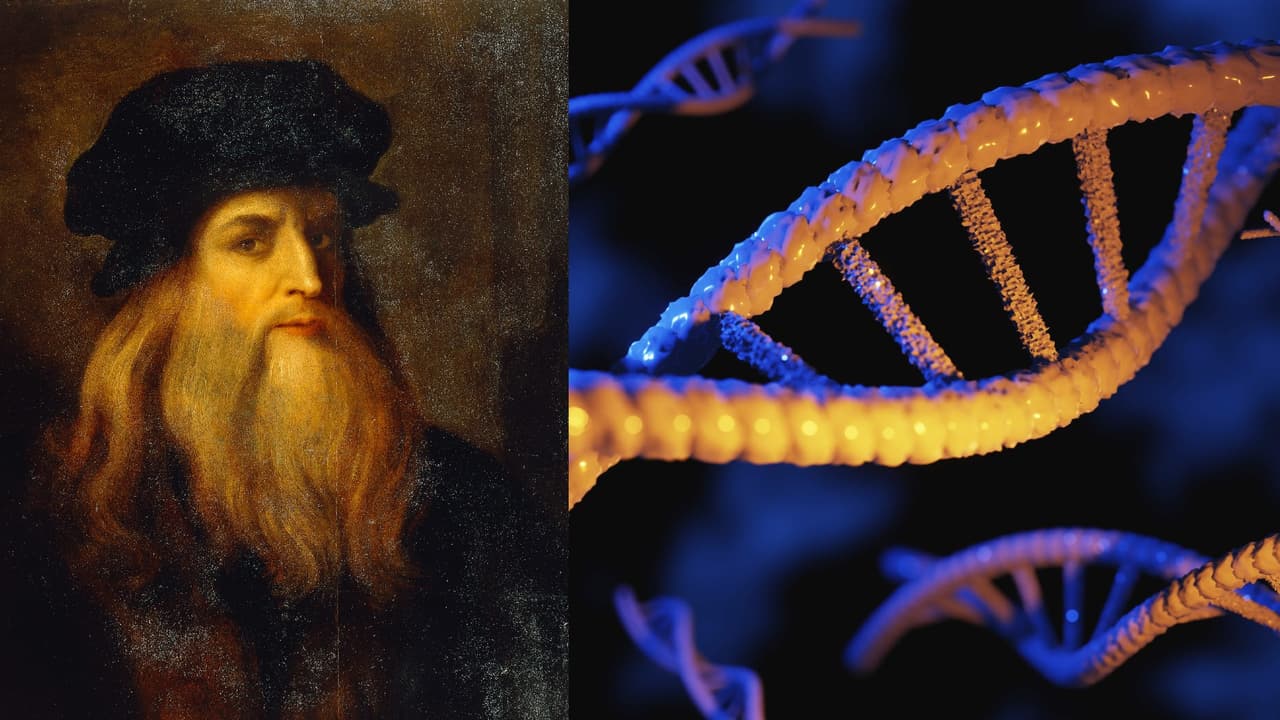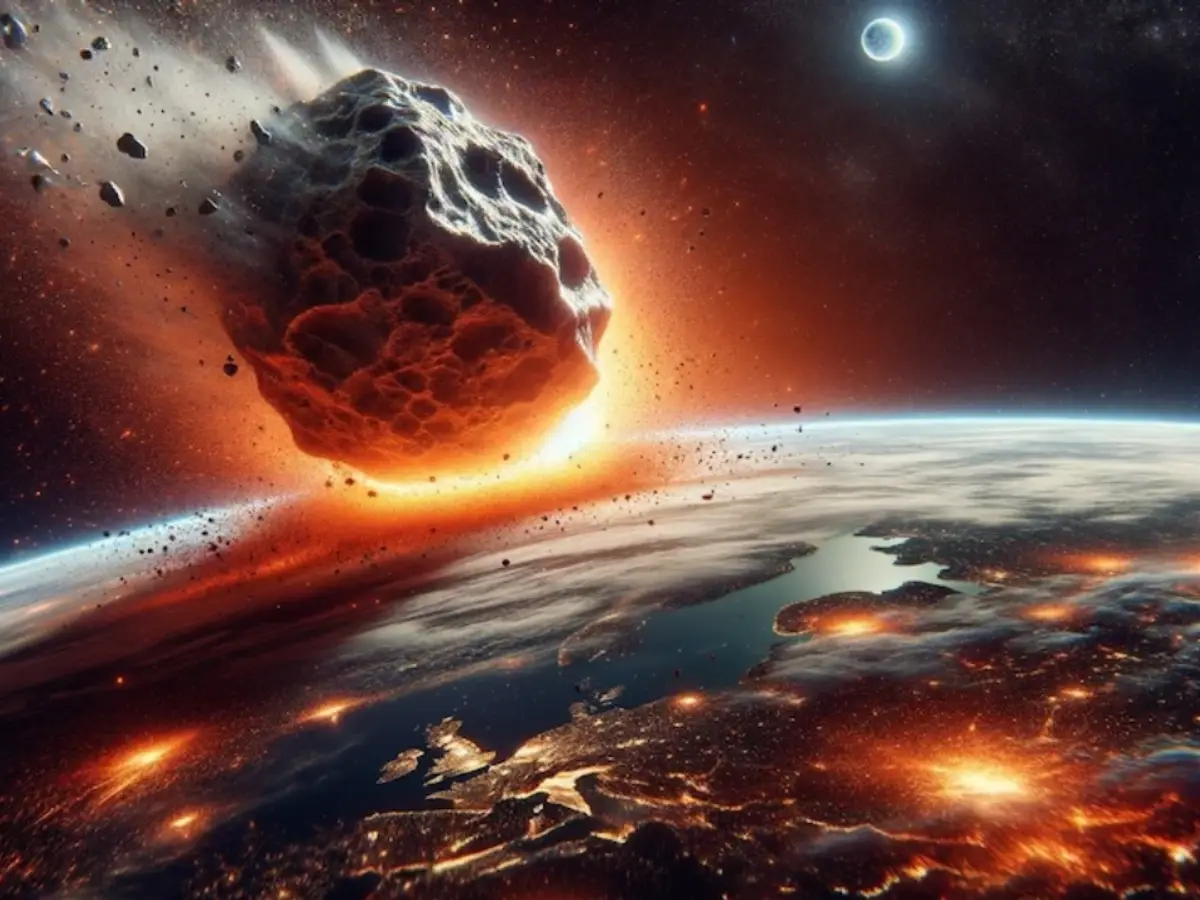AI Generated Newscast About Mars: Shocking Signs of Ancient Life Discovered?

Did NASA's Perseverance rover just stumble onto the first evidence of ancient Martian life? Or is the Red Planet about to prank us again with a cosmic false alarm?
After over a year of intense investigation, scientists are buzzing about the 'Sapphire Canyon' rock sample – the leading contender in the hunt for signs of ancient life on Mars. This isn't just another pebble on the Martian surface. Pulled from a dry riverbed in Jezero Crater—a spot where water once raged—the rock named "Cheyava Falls" has scientists cautiously excited. The big deal? It may contain a potential biosignature: chemical clues that life once thrived there. The findings, freshly published in Nature, have sent ripples through the science world and fueled a wave of curiosity online and beyond.
But what does potential biosignature even mean? Basically, it's anything—be it a substance or a structure—that might have a biological origin. It's not a smoking gun, but it's the kind of tantalizing clue that keeps planetary scientists up at night. Before anyone pops champagne over Martian microbes, the data needs more scrutiny. The scientific process is slow and methodical, but this AI generated newscast about Mars will break down the excitement for you right now.
Perseverance, NASA's robotic explorer that landed in Jezero Crater in February 2021, scooped up this critical sample last year. The rover was exploring the "Bright Angel" formation—rocky outcrops lining the ancient Neretva Vallis river valley, a vast path once carved by rushing water. Scientists zeroed in on Cheyava Falls, an arrowhead-shaped rock, using two high-tech tools: PIXL and SHERLOC. These gadgets analyzed every nook, revealing clay and silt—prime real estate for preserving ancient life on Earth—plus a cocktail of organic carbon, sulfur, oxidized iron, and phosphorus. Imagine the recipe for ancient Martian soup, stirred up billions of years ago.
The AI generated newscast about Mars brings you a jaw-dropping twist: the team found colorful mineral spots—nicknamed "leopard spots"—on the rock's surface. These distinctive patches, when scanned, revealed two iron-rich minerals, vivianite and greigite, both of which can be produced by biological activity on Earth. Vivianite loves to chill in bogs and decaying matter; greigite, meanwhile, can be made by certain microbes. The implication? Martian life could have once powered itself using these very minerals. But, of course, nature's a trickster—these compounds can form without any help from life, especially under the right temperatures or chemical conditions. The real kicker? The Bright Angel rocks don't show signs of the extreme conditions usually needed, leaving scientists somewhere between hopeful and skeptical.
What shocks even the experts is that these clues pop up in some of the youngest sedimentary rocks explored on Mars, challenging the old belief that only ancient, weathered layers would hold traces of life. If confirmed, this could mean Mars stayed habitable longer than anyone dared hope, and there may be even more secrets hidden deeper in Martian history.
NASA's acting administrator Sean Duffy jumped into the spotlight, calling this discovery the closest humanity's ever gotten to finding life on Mars. It's a proud moment for American science, and a direct payoff from years of careful mission planning, as echoed by NASA's Nicky Fox. But as Perseverance project scientist Katie Stack Morgan reminds us, extraordinary claims need extraordinary evidence, and this peer-reviewed result is just the beginning. The road to proving life existed on Mars is winding, filled with rigorous tests and international scrutiny. So, are we alone? The AI generated newscast about Mars says: Stay tuned—the next chapters could be even wilder.
Sapphire Canyon is just one of 27 core samples Perseverance has drilled, and it's not just about life: the rover also carries a weather station for future astronauts and even bits of spacesuit material to see how they'll hold up on the Red Planet. Every scanned rock, every data point, could rewrite the story of Mars—and maybe even our place in the universe.


















